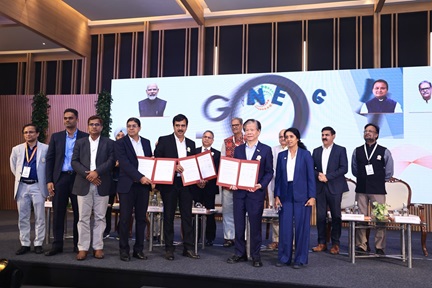How imprisoning algae in liquid droplets can boost its electrical energy generation

The variety of humble algae that cover the surface of ponds and seas could hold the key to boosting the efficiency of artificial photosynthesis, allowing scientists to produce more energy and lower waste in the process.
A study by NTU Singapore scientists showed how encasing algae protein in liquid droplets can dramatically enhance the algae’s light-harvesting and energy-conversion properties by up to three times.
This energy is produced as the algae undergoes photosynthesis, which is the process used by plants, algae and certain bacteria to harness energy from sunlight and turn it into chemical energy.
When light hits the droplet, light waves travel around the curved edges of the droplet. The droplet behaves like a resonator that confines a lot of light.
Light is effectively trapped within the droplet for a longer period of time, giving more opportunity for photosynthesis to take place, hence generating more energy. A similar result can be obtained by coating the outside of the droplet with the algae protein.
The team’s research may lead towards a new, sustainable way of generating electricity from sunlight that does not rely on fossil fuels or natural gas, which are non-renewable.
New bio-inspired technology based on phycobiliproteins, the proteins in algae responsible for absorbing light, could be used to make more efficient solar cells and paves the way for greater efficiency within artificial photosynthesis.
Using algae as a source of biological energy is a popular topic of interest in sustainability and renewable energy, as algae usage potentially reduces the amount of toxic by-products created in the manufacturing of solar panels.







